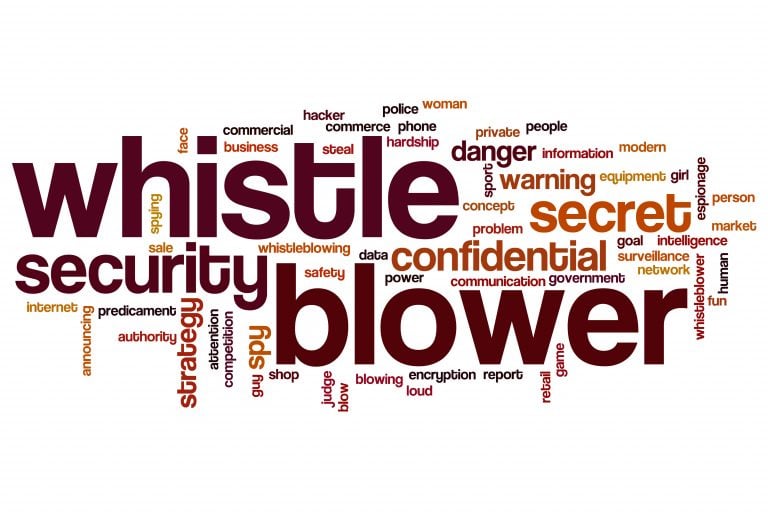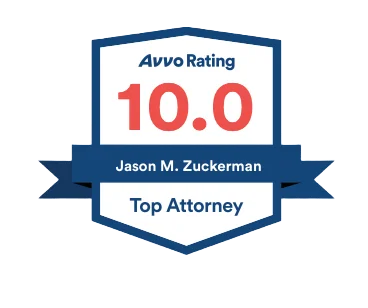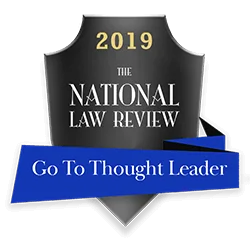The Department of Labor Office of Inspector General has issued a report assessing what improvements have been made to the DOL’s Whistleblower Protection Program since the OIG’s 2010 report titled Complainants Did Not Always Receive Appropriate Investigations under the Whistleblower Protection Program. The OIG concluded that the program has improved, but opportunities exist for OSHA to further strengthen the program. In particular, the OIG found:
OSHA has improved the administration of its Whistleblower Programs. The number of whistleblower reviews by investigators that did not meet the essential elements dropped from approximately 80 percent in 2009, to 18 percent during the period covered by this audit (October 1, 2012 through March 31, 2014). However, opportunities exist for OSHA to further strengthen the administration of its Whistleblower Programs to ensure reviews of whistleblower complaints are complete, adequate, and meet statutory timeframes. Furthermore, OSHA needs to strengthen communication with federal agencies with jurisdiction to investigate whistleblowers’ alleged violations of safety, consumer product, environmental, financial reform, and securities laws to determine if violations of these laws occurred.
Recommendations to Improve the Whistleblower Protection Program
The OIG report offers seven recommendations to improve the program:
- Monitor the Whistleblower Programs to routinely assess their efficiency and effectiveness, and finalize and implement the draft checklist to assist in determining if investigators completed steps and collected documentation to support determinations;
- Develop and monitor specific performance measures or indicators to ensure Whistleblower Programs are working as intended;
- Provide complete and unified guidance to ensure appropriate methods are used to close investigations;
- Issue an updated manual and implement controls to ensure the manual will continue to be updated in a timely manner to reflect current policies, procedures, and statutes;
- Develop and provide a comprehensive training curriculum to investigators to ensure they have the proper skills, knowledge, and understanding of program requirements and goals;
- Develop and implement a process to ensure reasonable balance is applied between quality and timeliness to complete investigations within statutory timeframes; and
- Develop and implement a formal process and working relationships with other agencies to ensure information is shared in a timely manner to assist in the enforcement of the various statutes and correction of violations.
OSHA has already implemented some of the recommendations. For example, OSHA issued a revised Whistleblower Investigation Manual in April 2015. What OSHA really needs to improve the program and reduce the length of investigation is additional resources. Congress continues to enact new whistleblower protections (a positive development from my perspective), but has not increased OSHA’s budget to keep up with the increased workload. In FY2014, OSHA received 7,411 new complaints. To investigate these cases promptly and effectively, OSHA requires additional staff.
Putting the Report in Context
The OIG report understates the tremendous improvement in the WPP during the tenure of Dr. David Michaels, the Assistant Secretary of Labor for Occupational Health and Safety. When Dr. Michaels came to OSHA in 2009, the WPP was arguably more harmful than helpful to whistleblowers because the typical “investigation” often entailed OSHA merely rubber-stamping whatever prextetual reason an employer offered for retaliating against a whistleblower. Investigators refused to share employer position statements with whistleblowers or their counsel, conducted cursory investigations and often declined to pursue leads proposed by whistleblowers, and failed to scrutinize or test the evidence offered by employers to support retaliatory adverse actions. The “findings” issued by OSHA in whistleblower cases often consisted primarily of excerpts from the employer’s position statement. And OSHA often applied incorrect legal standards. Moreover, prior to Dr. Michael’s tenure at OSHA, it was rare for OSHA to issue a merit finding.
The OIG report appears to ignore several concrete measures that Dr. Michaels has taken to strengthen the WPP, some of which Dr. Michaels discussed at an April 21, 2015 meeting of the Whistleblower Protection Advisory Committee (see a summary of his presentation here):
- OSHA now shares employer position statements with complainants, and gives complainants an opportunity to respond to such statements.
- OSHA made it easier to file a complaint by offering an electronic complaint form.
- Michaels elevated the WPP to a Directorate.
- In FY2014, OSHA awarded more than $35 million to whistleblower complainants and reinstated 69 workers through merit determinations and settlement agreements. Recent examples include:
- OSHA ordered Burlington Northern Santa Fe Railway to pay $536,000 in damages for taking disciplinary action against a conductor shortly after reporting an injury and within six months of the conductor filing a FRSA whistleblower complaint.
- OSHA ordered Air Methods Corp., the largest U.S. provider of air medical transportation services, to reinstate a pilot that Air Methods terminated in retaliation for his refusal to fly a helicopter with a faulty emergency locator. OSHA also ordered Air Methods to pay $158,000 in lost pay and $8,500 in damages and remove disciplinary information from the whistleblower’s personnel file.
- OSHA awarded $350,000 in damages to a 35-year locomotive freight engineer who suffered retaliation for reporting injuries.
- OSHA awarded $250,000 in punitive damages in an FRSA case.
- In conjunction with the Solicitor of Labor, OSHA is also taking active steps to shape the law, including the filing of amicus curiae And recently OSHA obtained a preliminary injunction in a Section 11(c) whistleblower case barring Lear Corporation from further retaliating against a whistleblower.
- OSHA recently issued a memo clarifying the investigative standard for OSHA whistleblower investigations. The memo provides that “the reasonable cause standard is somewhat lower than the preponderance of the evidence standard that applies following a hearing,” and that OSHA can issue a merit finding where an investigation reveals that the complainant could succeed in proving a violation.
- OSHA has undertaken initiatives to educate the public about whistleblower rights and protections. This includes issuing Fact Sheets in both English and Spanish.
Recent headlines are a stark reminder of the importance of protecting corporate whistleblowers (e.g., auto manufacturers concealing and failing to remedy fatal defects, Peanut Corporation of America selling contaminated peanut butter, and Massey Energy failing to correct mining safety hazards that ultimately resulted in the death of 29 workers). As the WPP’s work is so vital to protecting public health and safety, there is always room to improve the WPP. But the OIG’s audit report fails to reflect how far the WPP has come in the past five years.








